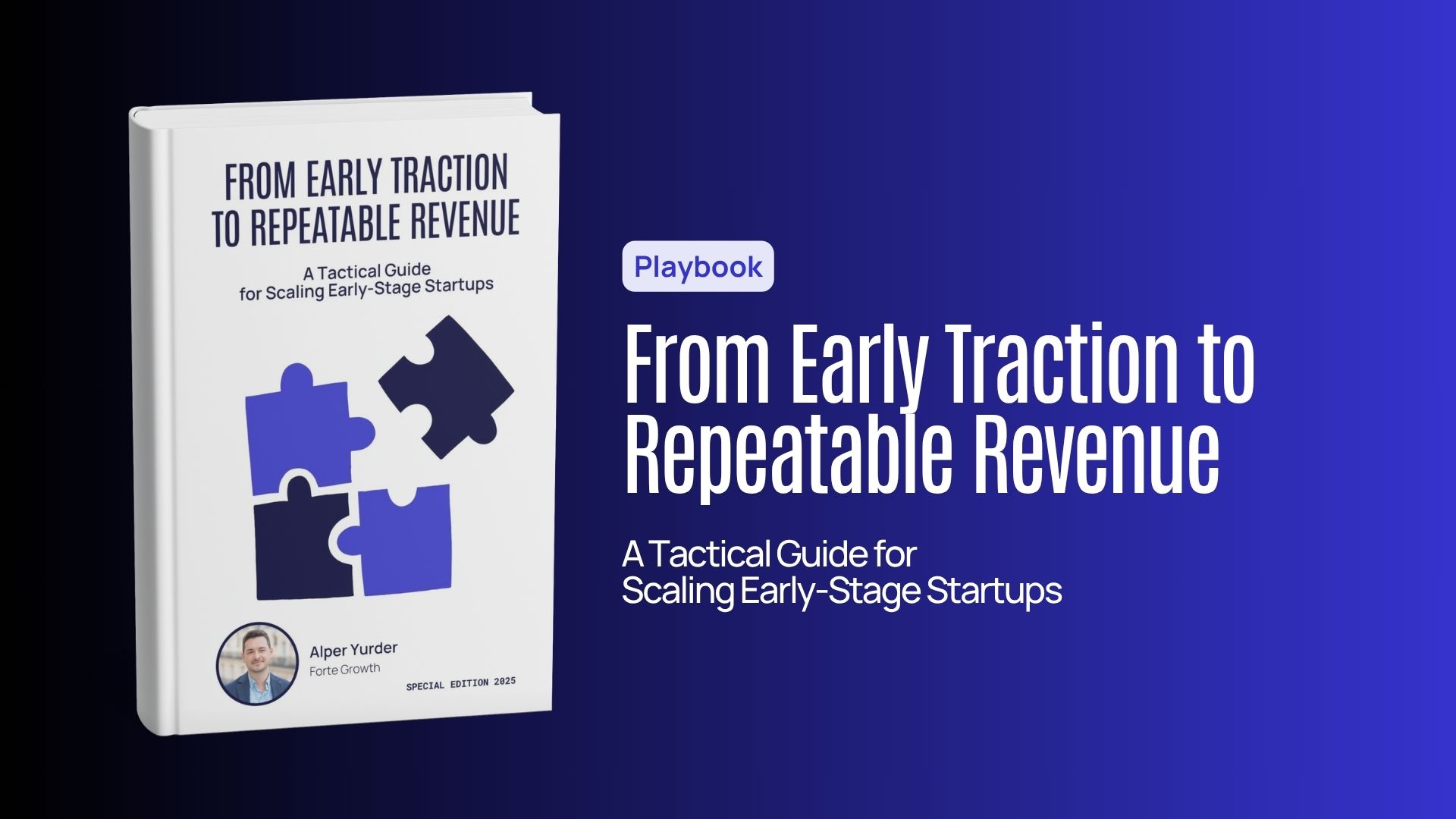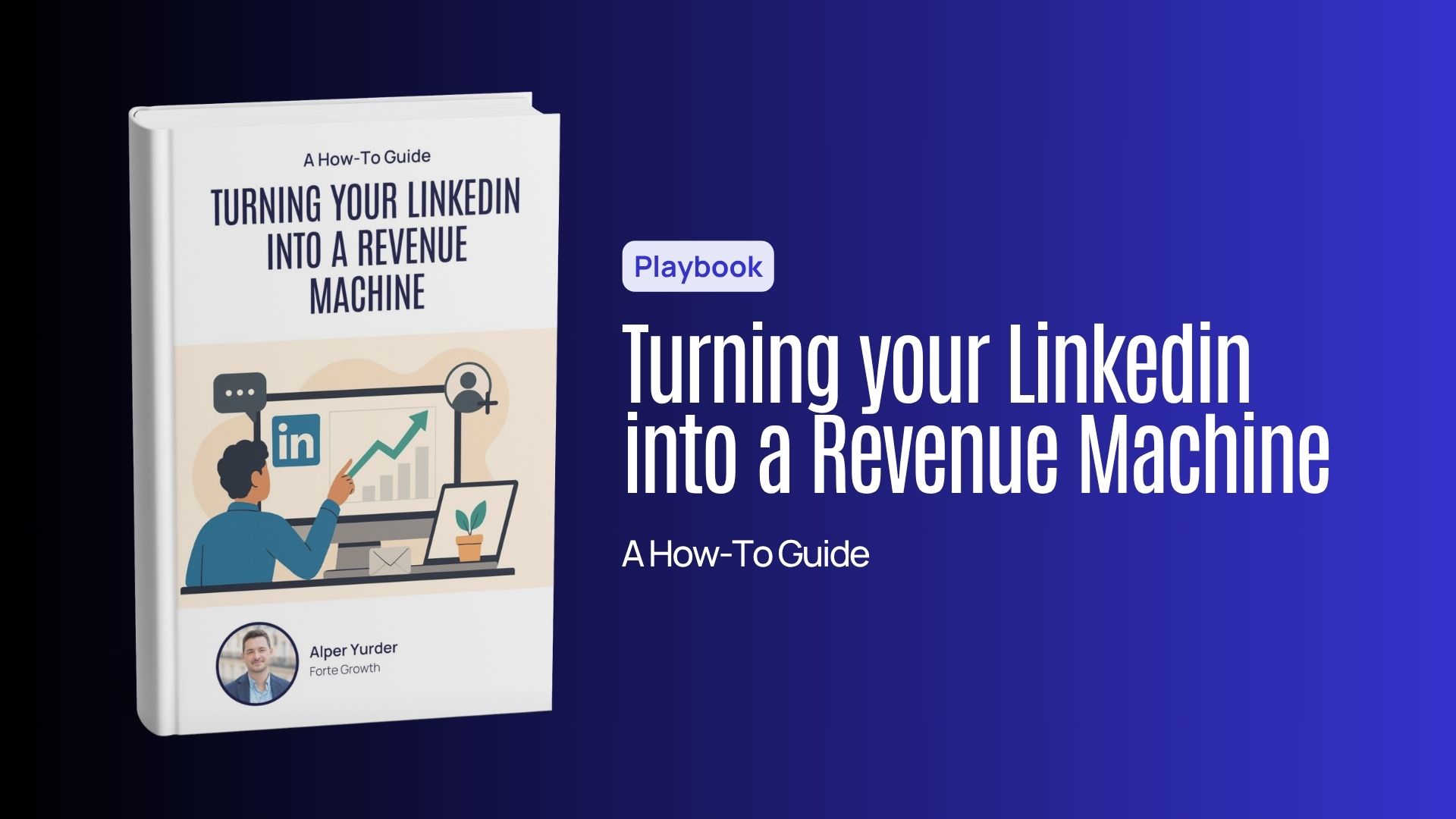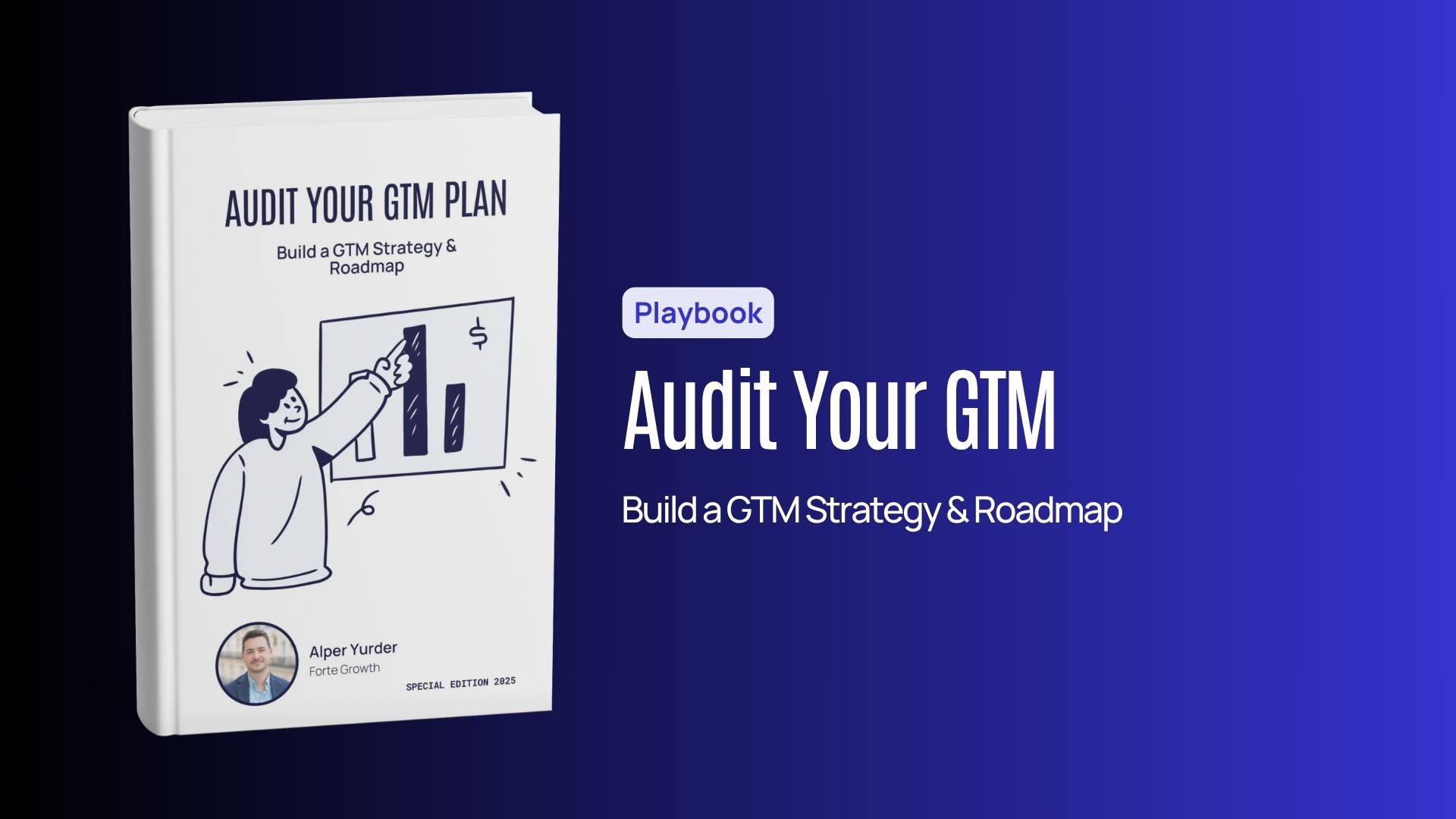There’s a unique phase in every startup journey that doesn’t get talked about enough.
It’s not the romantic early hustle of building the product. It’s not the later-stage thrill of scaling fast. It’s the messy middle—the stretch between getting early traction and building a revenue engine that actually runs on its own.
At this stage, the goal isn’t survival. It’s not hypergrowth either. It’s something more subtle, but far more important: repeatability.
Why Repeatability Matters More Than Growth (At First)?
You might already have some customers. A few sales came in through your network. A handful of warm intros converted. Maybe you even saw a spike after a Product Hunt launch or a LinkedIn post that went semi-viral.
But then things slow down. You look at your pipeline and realize there’s no system behind your wins. What worked last month might not work this month. That’s when the anxiety kicks in.
You don’t have a growth problem yet. You have a repeatability problem.
Without repeatability, growth is just luck. And luck doesn’t scale.
What Repeatability Looks Like in the Real World
Repeatability means:
- You know exactly who your best customers are—and how to reach more of them.
- You can generate leads without burning your time or blowing your CAC.
- You’ve found messaging that consistently lands with cold prospects.
- You’re not reinventing your sales process in every new call.
- Your team (even if it's just you) knows what to do, and why it works.
In short, it means you’ve built the early version of a go-to-market engine.
And like any engine, it starts small—manual, messy, and hands-on.
How to Build Repeatable Revenue (Before You Scale)
Here’s the uncomfortable truth: building repeatability is not glamorous. It’s not a one-size-fits-all playbook either. But there are patterns that work, and I’ve seen them again and again in startups going from $0 to $1M and beyond.
1. Start with message-market fit, not product-market fit
It’s tempting to obsess over the product. But in the early stage, how you talk about your product is often more important than what it actually does. You need to learn the language of your buyers, mirror their pains, and test your messaging like it’s part of the product itself.
Ask: Can you describe what you do in 10 words that make someone say “tell me more”?
2. Find your 100 true fans
Kevin Kelly was right. You don’t need a million users—you need 100 people who get it and talk about it. Focus on building those first relationships. Join niche communities, show up where your ICP hangs out, and deliver real value before expecting anything in return.
3. Outbound is a learning loop, not just a channel
Cold outreach isn’t just for leads—it’s for learning. Use outbound to test positioning, refine your pitch, and hear objections firsthand. Instead of blasting 1,000 generic emails, try 100 highly targeted ones across 5 variations and watch what gets replies.
4. Inbound and outbound must work together
Outbound brings awareness. Inbound builds trust. When someone replies to your message, they’ll Google you. What do they see? A ghost town, or proof that you know your stuff?
A few foundational elements:
- A clear, credible website
- A founder-led LinkedIn presence
- A couple pieces of strong content (not a content farm)
5. Systematize before you scale
Before you hire, document everything:
- What works in cold emails
- What your ICP really looks like
- Your early sales process
- Objections you hear and how you handle them
This isn’t about creating SOPs for the sake of it—it’s about knowing what’s working, so others can replicate it (and so you don’t lose the magic when you step out of the loop).
You’re Not Scaling Yet—You’re Searching for What Scales
It’s easy to feel pressure to scale fast. But scaling chaos just gets you bigger problems. At this stage, your job is to find the edges of what works—then sharpen them.
You’re building the systems, the language, the trust loops that make growth predictable.
And that work? It’s quiet. It’s unsexy. But it’s what separates the startups that break through from the ones that burn out.
%201.png)




%202.png)